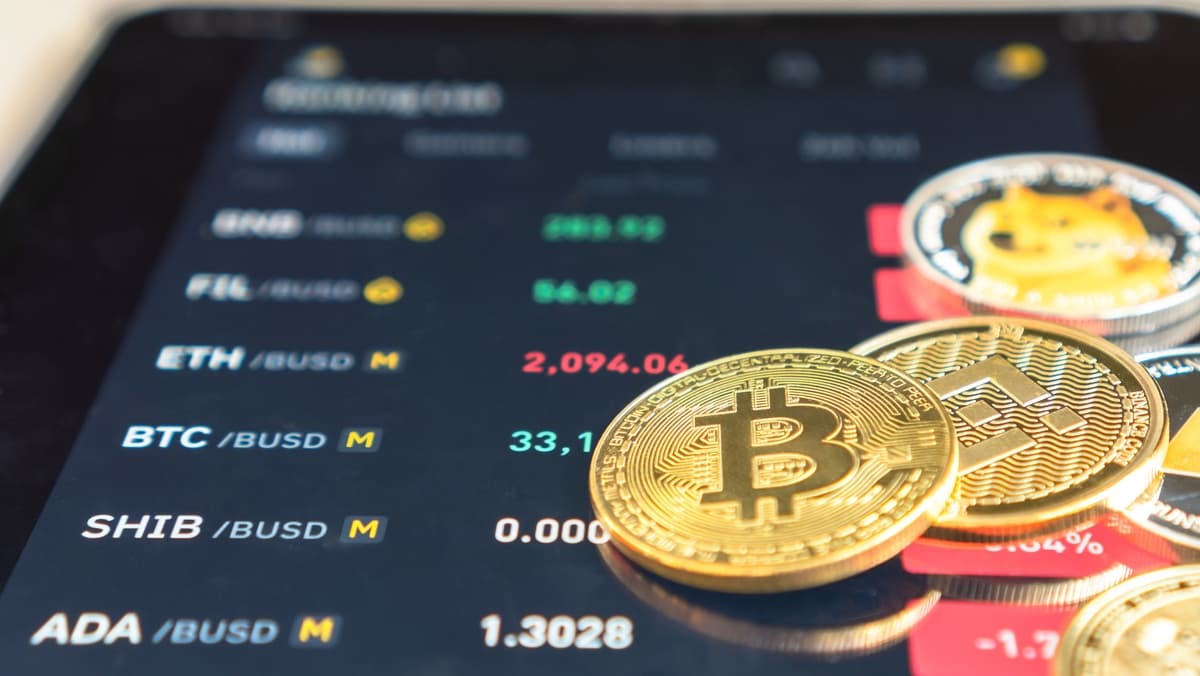Surging risk aversion sent bond prices soaring as investors flocked to safe-haven assets amid concerns about tech valuations and a global stock market retreat.
An analysis of market valuations, particularly the Shiller P/E ratio, reveals insights into potential future returns. Elevated CAPE for US equities suggests a challenging period ahead, while other markets offer more attractive opportunities.
The Federal Reserve's independence faces increasing challenges under Trump's criticism. This article examines the potential risks to the economy, market reactions, and differing legal views.
Goldman Sachs expects the US government shutdown to end soon due to mounting pressures, with potentially significant economic impacts.
Jim Cramer highlights concerns about tech and speculative stock valuations impacting broader market sentiment, even with strong performance from companies like Palantir.
This article analyzes the ADP private sector jobs report for October, considering the impact of the ongoing government shutdown and the lack of official data.

XAU/USD drops to $3,985: The recent drop in the price of gold has raised questions among those who follow the precious metals market.

Crypto market update: The cryptocurrency market has experienced a notable downturn recently, with Ethereum showing a decline and Bitcoin slipping beneath a critical benchmark.

XRP price prediction: XRP, the digital asset associated with Ripple, has experienced fluctuations that have captured wide attention throughout its market history.

Tesla (TSLA) stock jumps 4% today: Tesla’s shares have recently experienced a notable increase, sparking widespread discussion about the factors influencing this movement.

Commodity CFD Trading: Trading gold CFDs (Contracts for Difference) remains popular among traders seeking exposure to this precious metal without owning it physically.

PLTR stock falls nearly 8%: Palantir Technologies Inc., a company known for its data analytics and software platforms, recently experienced a notable decline in its stock value.
Circle is urging clear and consistent regulatory standards for stablecoins in the US, emphasizing a level playing field for all market participants.
Ray Dalio argues that the Federal Reserve's easing monetary policy under current economic conditions poses a danger and supports store-of-value assets like Bitcoin and gold.
The crypto market sees a shift towards privacy, with Zcash (ZEC) leading the charge. Fueled by prominent endorsements and growing concerns over government oversight, Zcash experiences notable growth in value and adoption.

Bitcoin to Gold Analysis: Bitcoin and gold are two distinct assets that have captured the attention of market participants worldwide.

Bitcoin Price Annual Forecast: Bitcoin continues to be one of the most discussed and analyzed digital assets worldwide.

TOP 12 Candlestick Patterns: Japanese candlestick charts are one of the most popular methods for visualizing price movements in financial markets.